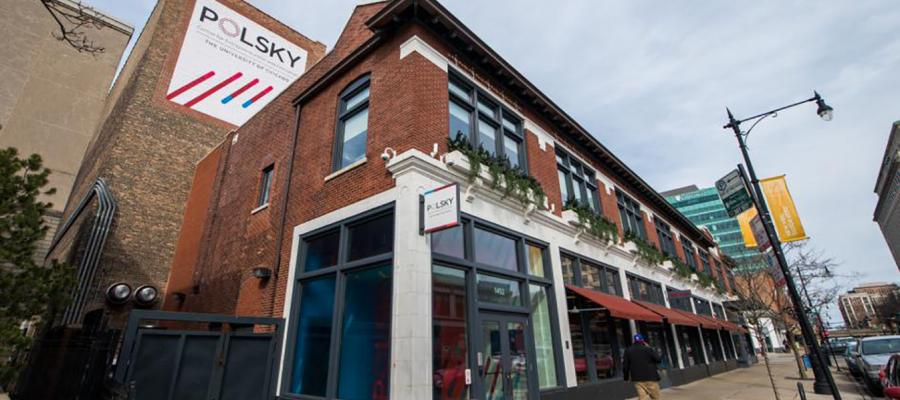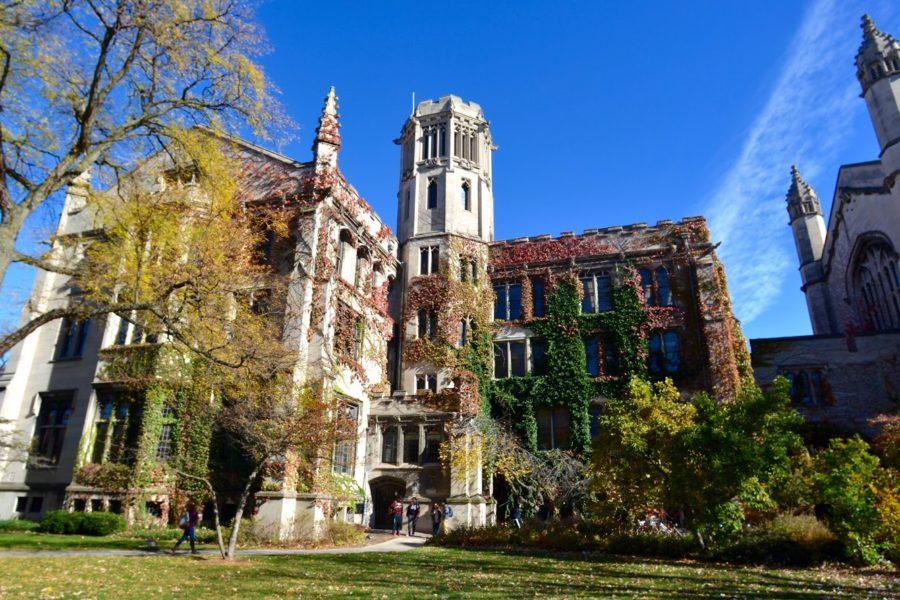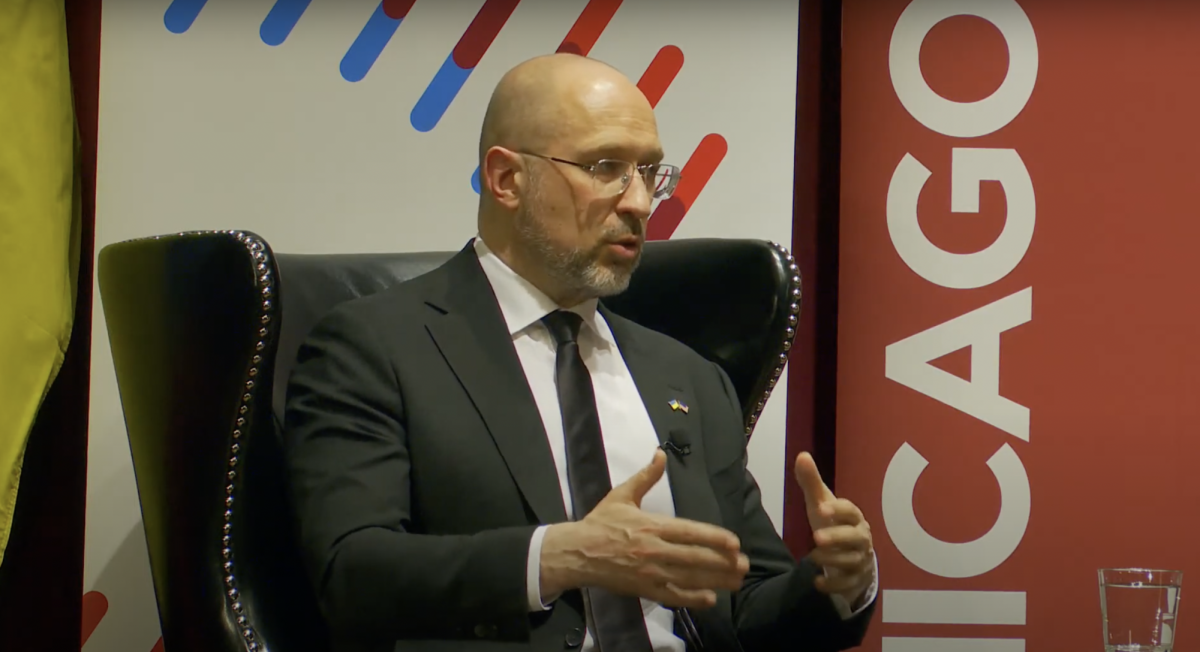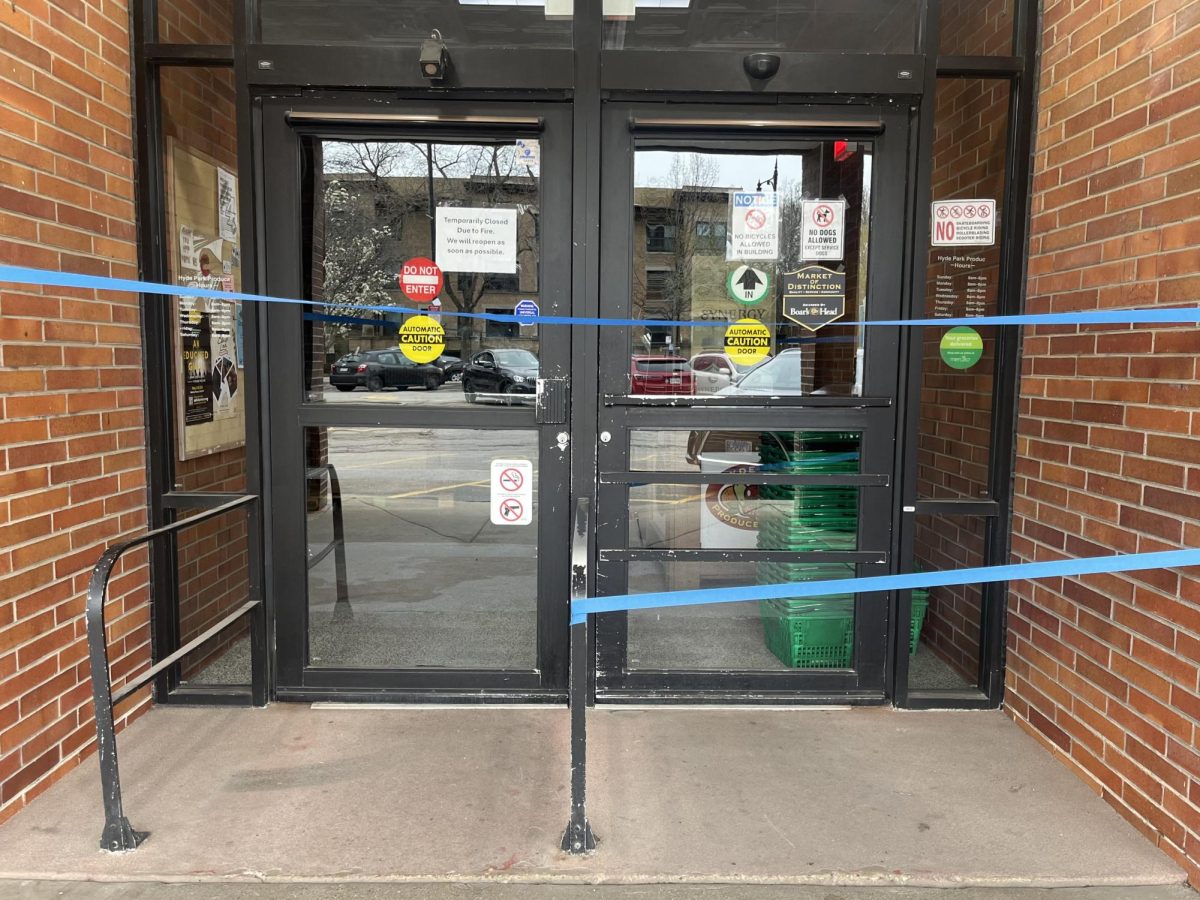Draped in the long black robes of former economics professor Thorstein Veblen, Paul Durica addressed a crowd of tourgoers: “Thank you for coming on this September afternoon, 1916.”
Late last month, Durica, an English grad student, led the debut tour of “Hidden History of the University of Chicago: Harper’s Bazaar, 1891-1916.” He led a group of 40 or so people around campus, sharing anecdotes and one-liners about the University’s founding and early traditions.
The tour, Durica’s third in his series of “Pocket Guide to Hell Tours,” is the first to focus on the University itself. His other tours focused on the World’s Fair’s adverse effects on the working class, and Leopold and Loeb, University students who murdered a fellow Kenwood resident in the 1920s.
His U of C tour began outside the Reynolds Club and moved into Bartlett, where famed football coach Alonzo Stagg had an office. As the group was ushered onto Bartlett quad, Durica, still in the character of Veblen, said, “Welcome to Stagg Field!” as if it were truly 1916 and the Regenstein Library was not yet constructed.
The majority of Durica’s research is done in Regenstein Library, using primary sources. For this tour, he looked at student handbooks and journals for personal accounts, as well as yearbooks and political cartoons from the time.
One such cartoon shows how male and female students were segregated during the early 20th century, a short-lived rule, implemented years after the school opened and then later revoked. A female student is separated from a male student, a barrier between them. She is labeled “seg,” a slur for the then-segregated female students.
Not only were dorms segregated at the time, but classes and facilities were as well. Bartlett, which was then a gymnasium, still has a mural depicting the building’s dedication to “manly sports,” which Durica pointed out on the wall facing the east entrance.
Durica used first-hand accounts to gain perspectives on the rocky relationship between John D. Rockefeller, the University’s founder, and William Rainey Harper, the University’s first president, who was incessantly prodding Rockefeller for more and more money.
A student journal from 1916 described the ambitious Harper, after whom the tour is named, and went on to say, “If I didn’t like him, I would surely disdain him.” Similar to his tour on the World’s Fair, Durica was not the only participant. He gave roles to tourgoers beforehand. “I’m interested in them being in a participatory experience,” Durica said.
One of the participant’s monologues came verbatim from a set of rules published in a student handbook back in 1916: “Rule Number One: Learn the alma mater at once.” The list went on to forbid non-athletes from visiting the C-Bench and other traditions that have faded in the last century.
The tours are “geared to Chicagoans, not tourists,” Durica said, because a rudimentary knowledge of the surrounding area makes the tour more interesting. A common thread among his tours is a focus on the themes of crime, social injustice, and corruption.
The U of C tour was sponsored and advertised by the Hyde Park Historical Society in an effort to reach out to the community and promote interest in the history of Hyde Park, especially among younger University students.
“Our organization would like to reach out more to the community,” said Kathy Huff, a member of the Hyde Park Historical Society programming committee that did much of the advertising. “[We] wanted to go out and get some younger folks” more interested in the history of Hyde Park, she said.
Huff said she chose Durica “because besides being good-looking, he does a tremendous amount of research in the archives and he really goes in-depth,” she said.
Durica is planning an upcoming blues and jazz tour centered on the jazz club scene rooted around clubs near 61st Street and Cottage Grove.









